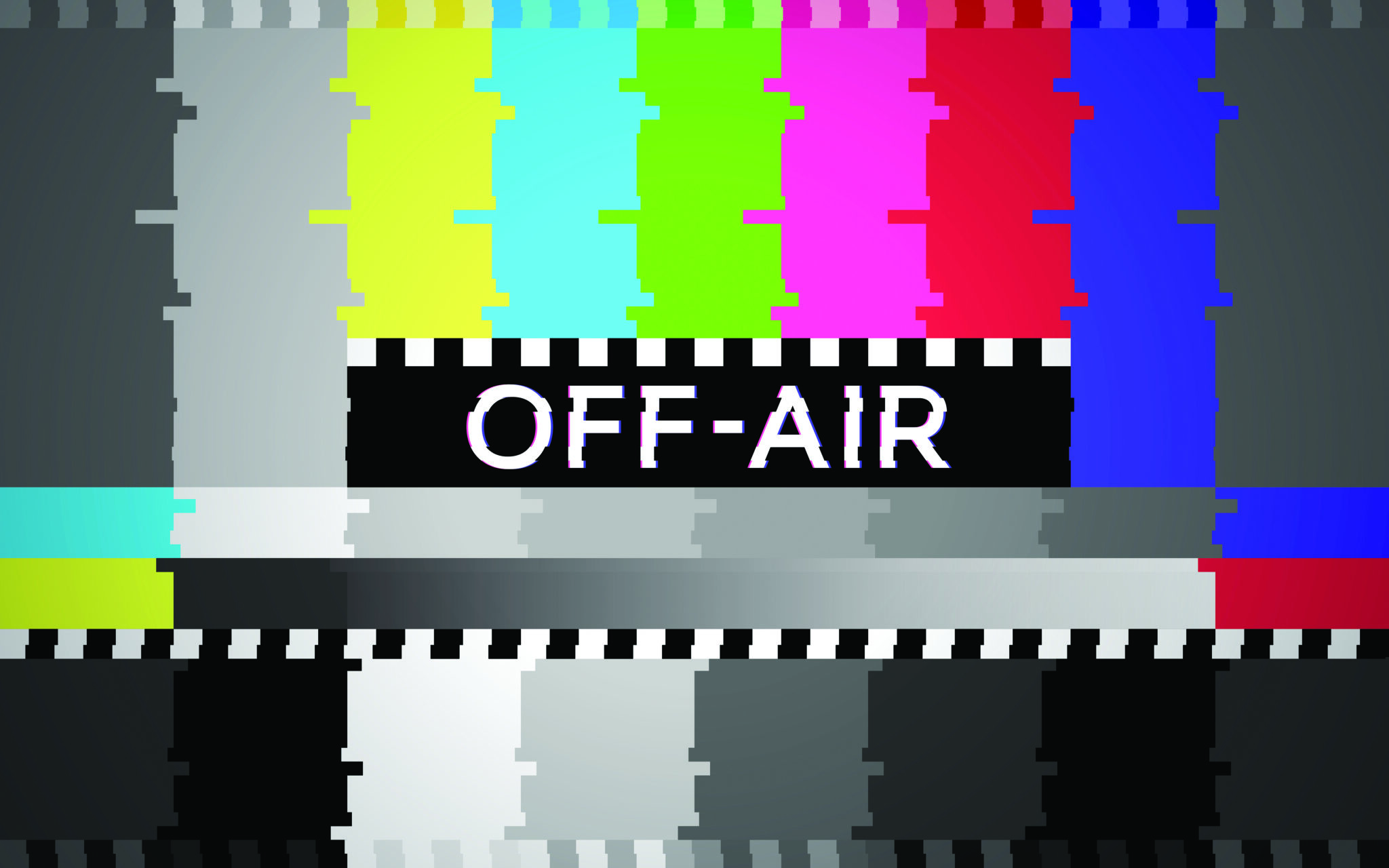The TV world of our formative years is no more. The adoption of streaming platforms continues to encroach on the monopoly that broadcast and cable networks have had on U.S. consumers for nearly a century. This digital invasion has even forced the renaming of the legacy platforms to now be collectively referred to as “linear TV.” Meanwhile, connected TV (CTV) has finally hit its stride, and massive investments by technology and media giants over the past few years ensure there is no going back.
Join the conversation at Techonomy 23 in Lake Nona, FL on November 12-14.
U.S. consumers now spend 36.4% of their viewing time watching streaming services, per Nielsen’s “The Gauge” May 2023 measurement. That is up nearly 4.5% of viewing time year-over-year, while cable TV was down 5.4% and broadcast down 1.8%. CTV incessantly eats away at the linear platforms’ share of consumers’ time.

To maintain their foothold, broadcast and cable rely heavily on live sports, exemplified by the dominance of the NFL. Last year, 24 of the top 27 most-viewed broadcasts were NFL games (88%), with eight of these in the top ten. The top original content on linear TV came in at number 32, with the “Yellowstone” season finale on Paramount’s cable network.
The influence of the NFL on the American consumer is undeniable, and now even those games are shifting to streaming. Amazon debuted its exclusive “Thursday Night Football” on Prime Video and Twitch last fall, with no linear broadcasts (except simulcast in local markets). And YouTube invested $2 billion annually for the exclusive rights to air “NFL Sunday Ticket.” Live sports represents a battlefield for viewer attention, and with more experimentation, strategic audacity, and massive budgets, CTV’s power will likely increase here as well.
The snowballing momentum of CTV can be traced to several key factors:
Technology
First, there has been a normalization of streaming platforms built directly into smart TVs and cable boxes and in external devices from Roku, Amazon, Apple, Google, and video gaming systems. This proliferation has weaved a connected TV audience of over 230 million viewers, according to eMarketer.

Next, media companies created apps to be navigated via remote controls and invested heavily to ensure they were available to audiences across many devices.
Content
Media companies populate their services with massive amounts of purchased, original, and live content, spending billions of dollars on rights and production. Publishers organize their content for consumers and sell them in several different models:
- Subscription Fees paid monthly/annually to the provider for access
- Publishers: Netflix, Disney+, Max, Amazon Prime Video, Apple TV+
- Advertising-based Video on Demand (AVOD)
- Free Ad-Supported TV (FAST)
- Online Hybrids
- Platforms that migrated from other digital media, such as mobile phones and computers, to the more giant TV screens
- Publishers: YouTube, Twitch (owned by Amazon), Facebook Watch
And to make it more complicated, publishers are now offering options outside of their original models. Subscription services provide discounted price plans with ad support. AVOD platforms offer monthly subscription fees to remove or reduce ads. Both groups are experimenting with their own FAST-style offers, and YouTube continues to be an anomaly in its own right that doesn’t quite fit into categories with other streaming providers.
Consumer Adoption
During the pandemic, Americans stuck inside their houses looking for entertainment fueled the explosive growth of CTV adoption. Disney+ met its five-year subscriber growth goal in roughly five months. HBO Max (since renamed “Max”) debuted and aired movies initially intended for theaters. And Netflix continued its dominance as a go-to for streaming shows and movies.
Apple invested in original programming and sports (Major League Baseball). Amazon further invested across hardware and original content and bought MGM to provide itself with a content catalog, including the James Bond movies. Google’s approach emphasized Chromecast devices and YouTube content, and now YouTube TV is a direct competitor to traditional cable systems.
Altogether, we watched the evolution of a completely new paradigm of what we now call TV, where consumers have massive amounts of choice across highly advanced digital platforms.
The Allure of CTV Advertising
Whereas subscription services increase revenue one consumer at a time, ad-supported models are open to large buckets of advertising dollars. With overall TV ad spending estimated by eMarketer at $67 billion in 2022, it is no surprise that Disney+, Max, and Netflix offer free-with-ads options.
The digital nature of CTV enables highly effective, scalable advertising, potentially even more so than with mobile phones and computers. Connected TV viewers create data signals with their watching and browsing behavior that advertisers use for targeted marketing. Further, CTV targeting can incorporate data from phones and computers to create a more complete picture of the consumer.
Consumers consistently accept the value exchange of “free” content for watching a few minutes of advertising per hour. According to a study by Amazon, 68% of CTV audiences are comfortable with this exchange, and 40% have a likelihood to make purchasing decisions based on the increasingly targeted ads.
This is an advertiser’s dream: advanced, accurate targeting to a receptive audience. Further, most CTV advertising is unskippable—just like linear TV. This lets the ad buyer rely on their experience in traditional TV with massively amped-up opportunities and powerful data analytics capabilities.
Linear TV Protects Its Turf
In response to this invasion, linear TV companies are trying to protect all fronts. Collectively, linear TV still provides advertisers the most significant “reach” to consumers of any media platform, a virtue that TV network sales reps consistently extol. Additionally, linear is still where 94.2% of all live viewing occurs. This is why news and sports are so critical for linear TV. ION, a TV network known for bingeable procedural dramas and the Scripps Spelling Bee, recently acquired the rights to air WNBA games on Friday nights.
Linear TV also has the advantage of familiarity to advertisers. They are exploring the new CTV world but still rely on the comfort level of placing ads with their old friends, broadcast and cable.
New can be unsettling. CTV is audience-based at its core, partially antithetical to traditional TV ad buyers, who are used to purchasing estimated demographics based on content and context. That is, they buy particular networks; they believe in specific shows. This provides linear TV with a short-term advantage as the current labyrinth of CTV ad tech makes show-level data challenging for both targeting and reporting.
But linear TV is constrained and seems antiquated compared to CTV’s sheer possibilities. Linear is a single broadcast per channel, but CTV can stream multiple interactive simulcasts. Linear relies on other technologies, such as mobile phones, for response mechanisms to advertising, while CTV can provide shoppable ads with a remote control immediately linked to retailer accounts.
So, Is Linear TV Dying?
Likely not, or at least not anytime soon. CTV parallels the rise of online shopping in the late 1990s. Twenty-five years later, there remains room for both brick-and-mortar and online retailers. The most successful seamlessly incorporate both. CTV will take a similar path, except this convergence is happening faster.
With the massive amount of content available, the next race will be to increase relevancy via search, discoverability, and relevant advertising. The change is well underway, and we may just be looking at the new golden age of TV.












